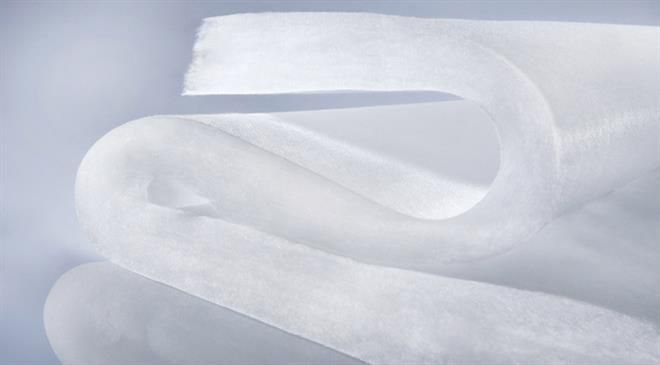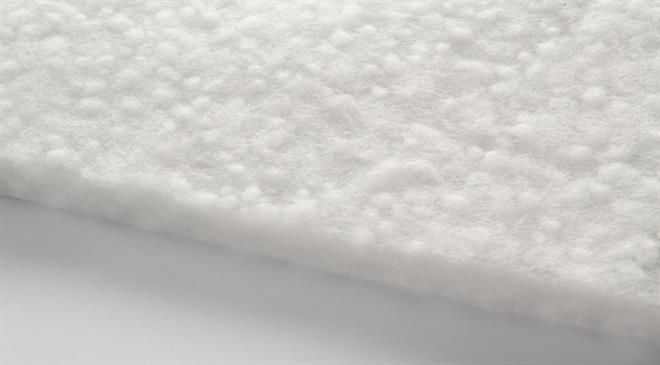We look for solutions that meet future needs of customers and society
Freudenberg Performance Materials is a leading global manufacturer of innovative technical textiles offering differentiated value propositions to a broad range of markets and applications. Paulami Chatterjee speaks to Dr Frank Heislitz, CEO, to know how Freudenberg is fairing in the highly competitive world of technical textiles.
Freudenberg Performance Materials is a leading manufacturer of technical textiles and serves customers across the world. The company is active in a broad range of markets such as apparel, automotive, construction, energy, filter media, healthcare, hygiene, building interiors, shoe and leather goods as well as specialties.
As far as acquisitions are concerned, Freudenberg is constantly looking to broaden its technology and materials expertise. Whenever the company sees the need for additional technology to significantly expand an existing market or develop a new market, it looks for matching options that can usefully complement or be combined with its existing technologies. One example is the acquisition of Polymer Health Technology in 2015, a leading polyurethane foams specialist for advanced wound care. With this, Freudenberg expanded its product portfolio in the field of medical technology.
One example for Freudenberg's current R&D activities is our work in automotive applications. To meet the needs generated by the changes taking place within the automotive industry, Freudenberg provides a wide range of materials for new applications in e-mobility-starting from new lightweight products like acoustic pads and underbody shields, and moving into entirely new areas. For example, Freudenberg has recently industrialised the production of gas diffusion layers for fuel cells.

As a global leading manufacturer of technical textiles for a broad range of markets, Freudenberg Performance Materials is the world leader in interlinings for the apparel industry and technical textiles for the construction industry. We also hold a leading position in most of our other markets such as carpet backings. This success is based on the company's innovation strength, broad technology platform and local presence in all our global markets.


Most technical textiles manufacturers focus on specific mass markets like hygiene or apparel. As a result, they simply match technologies with market requirements. This focus often comes at the cost of limited technical capabilities. In contrast, Freudenberg sees a growing trend in many specialty and industrial markets, where customers are demanding solutions that combine different functionalities in one new product: for example, nonwovens that offer both excellent breathability and high water resistance. Because we have the broadest technology platform in the market, Freudenberg is able to create new multi-layer solutions that combine various functionalities. The company sees this as a big opportunity to support our customers in several of our key markets and in new markets, like e-mobility.
Innovation is central to the Freudenberg Group's success. This is underlined by R&D expenditure: in 2019, the Freudenberg Group invested 34 per cent of sales into R&D.
Freudenberg Performance Materials works with the broadest technology platform in the market. Dry laid, spun laid, wet laid, melt-blown, foams, knits and webs are our base technologies, which we combine with a wide variety of coating and finishing technologies. This enables Freudenberg to precisely tailor product offerings and characteristics to specific customer needs. In addition, our customers benefit directly from Freudenberg's global footprint. With 23 production sites in 13 countries and more than 100 sales offices worldwide, we are close to our customers in all our main regional and global markets.
India is a market with great potential for Freudenberg. The company has been doing business in this country for decades and is aware that India offers further potential. As a result, Freudenberg is already running multiple different projects to explore further opportunities, for instance in the apparel market. (PC)
In terms of revenues, Freudenberg Performance Materials benefits particularly from the apparel, automotive, building interiors and construction markets, as well as from specialty applications. Market segments that embrace megatrends like the ageing society and e-mobility already have future potential for this reason alone, especially automotive and healthcare.
With our "footprint and handprint" model, Freudenberg pursues a far-reaching approach to sustainability that has an impact right down to our customers' processes. "Footprint" is how Freudenberg improves its processes and equips its plants to make production as resource-efficient as possible. "Handprint" relates to the way Freudenberg's many products and services directly enable our customers to improve the efficiency of their own products. This is where Freudenberg contributes to a positive handprint. Both footprint and handprint focus on resource efficiency with the goal of becoming more sustainable. The most important areas in this respect are materials, waste, energy, emissions, water and health.
DISCLAIMER: All views and opinions expressed in this column are solely of the interviewee, and they do not reflect in any way the opinion of technicaltextile.net.